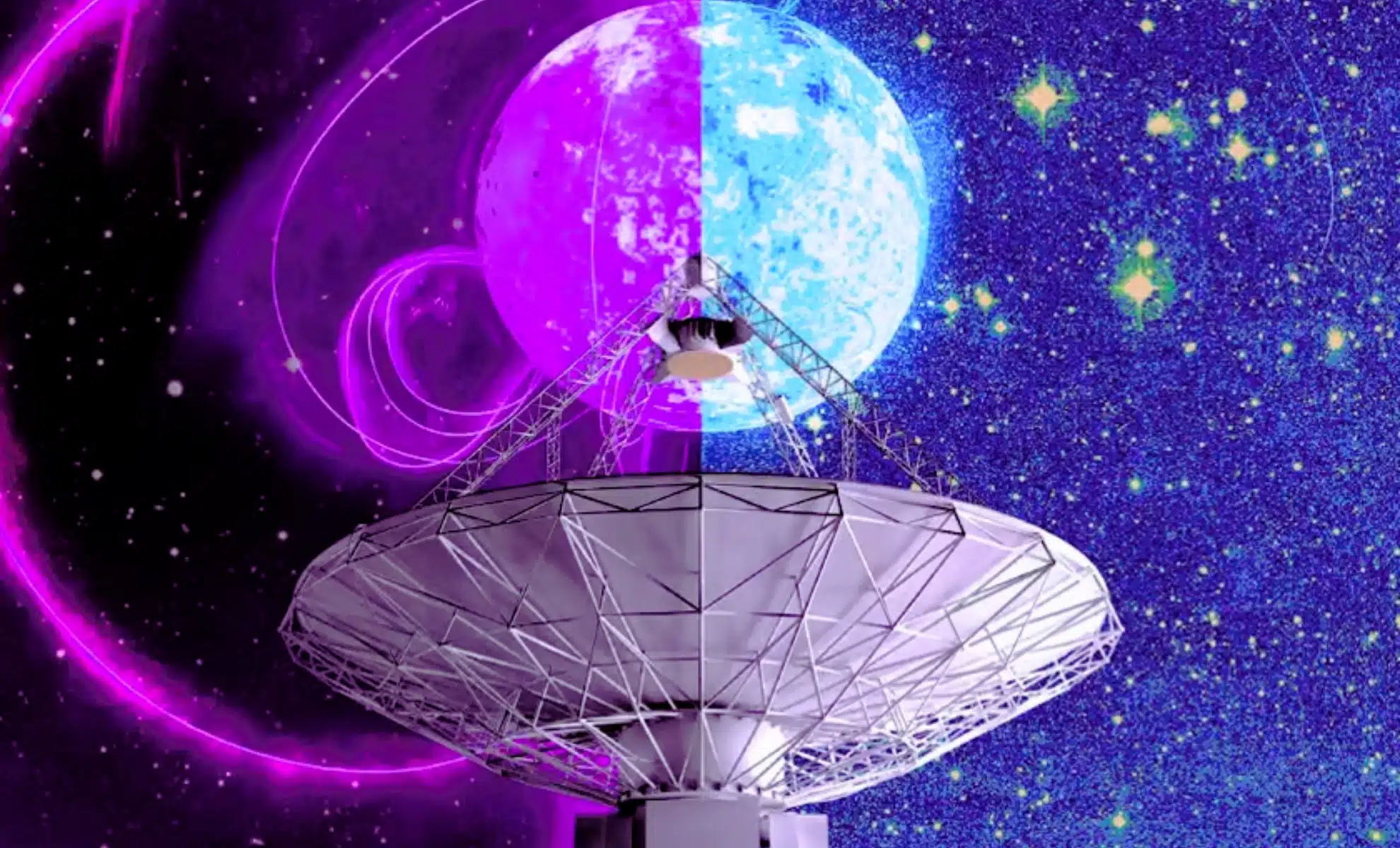
Published on June 7, 2024 11:28 By Lydia Amazouz
Collected at: https://dailygalaxy.com/2024/06/discovery-of-slowest-spinning-neutron-star/
Astronomers have discovered the slowest spinning neutron star ever recorded, designated ASKAP J1935+2148, located 16,000 light-years from Earth.
Unlike typical neutron stars that can spin up to 700 times per second, ASKAP J1935+2148 takes nearly an hour to complete a single rotation.
This finding, which challenges current theories about the behavior of these dense stellar remnants, has sparked significant interest and debate within the scientific community. The discovery was made using the ASKAP radio telescope in Australia, revealing a neutron star that emits radio signals in a manner not previously observed.
The Unique Nature of the Spinning Neutron Star ASKAP J1935+2148
Neutron stars are the remnants of massive stars that have undergone supernova explosions. These compact objects, often only about 12 miles in diameter, are known for their rapid spins and powerful magnetic fields. The discovery of ASKAP J1935+2148 is particularly puzzling due to its slow rotation rate and its ability to emit radio waves.

This neutron star’s behavior contradicts existing models that predict radio emissions should cease once the star’s rotation slows significantly. Dr. Manisha Caleb of the University of Sydney Institute of Astronomy explained, “It is highly unusual to discover a neutron star candidate emitting radio pulsations in this way.
The fact that the signal is repeating at such a leisurely pace is extraordinary.” This unexpected finding indicates there may be gaps in our understanding of neutron star physics.
Observing the Radio Pulsations
The ASKAP J1935+2148 signal repeats every 53.8 minutes and exhibits three distinct emission states. Sometimes it shoots out bright flashes lasting between 10 and 50 seconds, while at other times, the pulses are weaker and more circularly polarized, lasting just 370 milliseconds.
There are also periods when the object remains silent. These varying emission states suggest complex underlying processes, potentially involving strong magnetic fields and plasma flows. “If the signals didn’t arise from the same point in the sky, we would not have believed it to be the same object producing these different signals,” Caleb added. The irregularity of these signals challenges existing theories about how neutron stars emit radio waves, suggesting new physics might be involved.
The Mystery of the Source
The peculiar behavior of ASKAP J1935+2148 has led scientists to consider whether it might be a white dwarf instead of a neutron star. White dwarfs, which are remnants of smaller stars like our Sun, can spin slowly enough to match the observed signal frequency.
However, white dwarfs typically do not emit the type of radio signals detected from ASKAP J1935+2148, making this explanation less likely. “To produce a signal of the type observed using the ASKAP and MeerKAT radio telescopes, this isolated white dwarf would have to possess an extraordinarily strong magnetic field,” Caleb noted, highlighting the uniqueness of the find. This discrepancy raises questions about the nature of the magnetic fields and the mechanisms driving the emissions in these stellar remnants.
Implications for Stellar Evolution
The discovery of ASKAP J1935+2148 raises significant questions about our understanding of neutron stars and white dwarfs. Traditionally, neutron stars are expected to lose their radio emissions as they age and their rotation slows. The ability of ASKAP J1935+2148 to continue emitting radio waves despite its slow spin challenges this notion.
The team’s research, published in Nature Astronomy, suggests that there may be unknown mechanisms at play in the late stages of stellar evolution. “It might even prompt us to reconsider our decades-old understanding of neutron stars or white dwarfs, how they emit radio waves, and what their populations are like in our Milky Way galaxy,” Caleb concluded. This discovery could lead to revisions in theoretical models of neutron star behavior and the conditions under which they emit radio waves.

Leave a Reply